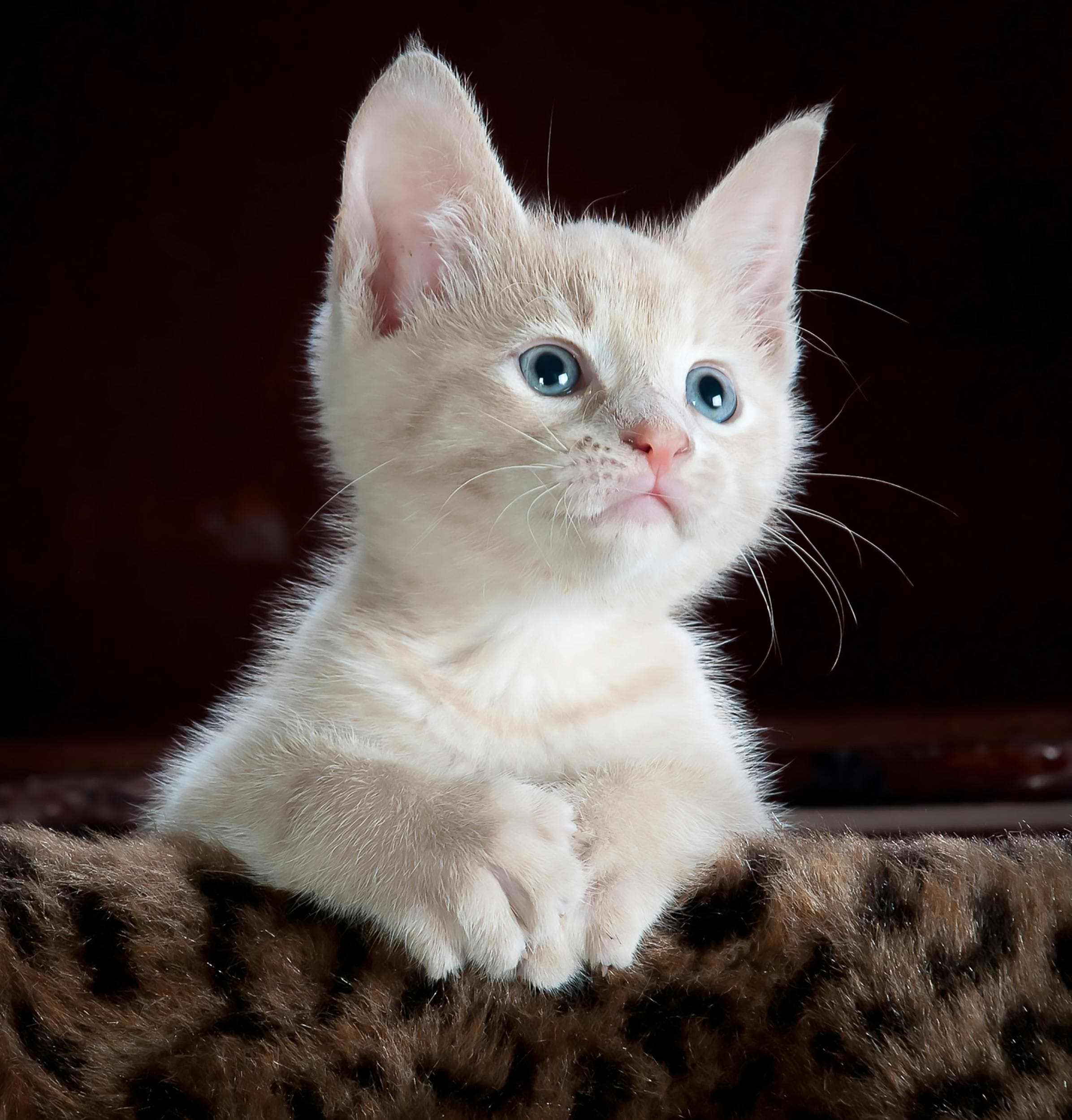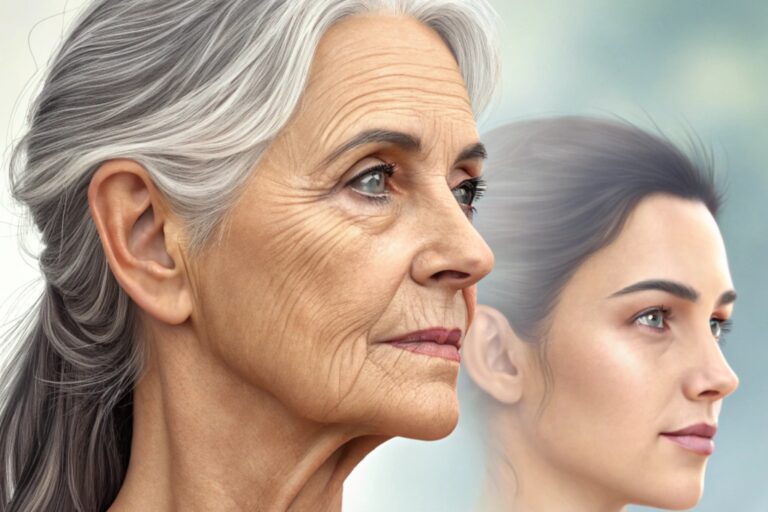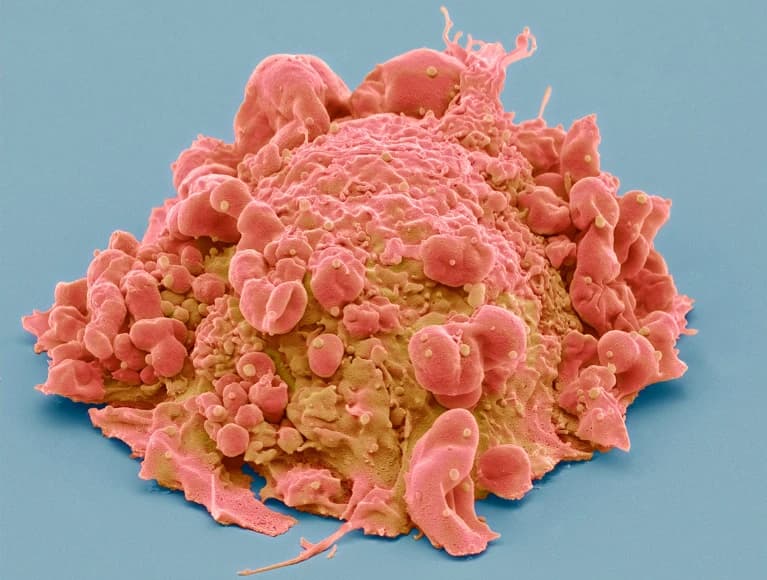Unlocking the Secrets of Human Aging: The Surprising Role of Cats
As researchers strive to understand the complexities of human aging, they are turning to an unexpected source of inspiration: our feline friends. The Catage Project, a groundbreaking study, is exploring the aging process in cats, revealing striking similarities with human aging. This innovative approach may hold the key to unlocking the mysteries of age-related diseases, such as Alzheimer’s. The Catage Project is part of a larger initiative, Translating Time, a comprehensive effort to compare brain development and aging across over 150 mammalian species.
The Translating Time Project: A Broad Perspective on Aging
- Comparative Neurobiology: By analyzing brain development and aging in various mammals, researchers aim to identify common patterns and species-specific traits.
- Over 150 Species: From mice to cats, primates, and more, this extensive dataset will provide unparalleled insights into the biology of aging.
- Implications for Human Health: Translating Time’s findings will inform the development of more effective therapies for age-related diseases, tailored to the unique aspects of human aging.
The Limitations of Traditional Laboratory Models
For decades, laboratory mice have been the primary model for studying human aging. However, their short lifespan (averaging only 2-3 years) and evolutionary differences with humans have significant limitations. Mice may not accurately replicate the gradual decline associated with human aging, and their brains may possess distinct mechanisms for clearing protein clumps linked to Alzheimer’s. These discrepancies have hindered the development of effective therapies, with many showing promise in mice but failing in human trials.
Why Cats Are Purr-fectly Suited for Aging Research
- Longer Lifespan: Cats live up to 15-20 years, allowing researchers to study aging over a more extended period, mirroring the human experience.
- Shared Environment: As beloved companions, cats share their owners’ lifestyle and environment, providing valuable insights into the interplay between aging, lifestyle, and environmental factors.
- Similar Age-Related Decline: Brain scans and behavioral studies reveal that older cats exhibit cognitive decline and brain volume changes similar to those observed in aging humans.
- Accumulation of Alzheimer’s-Associated Proteins: Like humans, cats can develop plaques and tangles associated with Alzheimer’s disease, making them an attractive model for studying this condition.
The Catage Project: A Comprehensive Approach to Feline-Human Aging
- Data Collection: Researchers are gathering health records, blood sample analyses, and brain scans from thousands of cats, spanning various breeds and lifestyles.
- Mapping the Feline-Human Aging Connection: By analyzing these data, scientists are creating a detailed map of the nonlinear relationship between cat and human ages, including:
- 1-year-old cat ≈ 18-year-old human
- 15-year-old cat ≈ 80-year-old human
- Insights into Aging and Age-Related Diseases: The Catage Project aims to identify key factors influencing aging and disease susceptibility, informing the development of targeted therapies for humans.
A Multi-Model Approach to Understanding Aging
While cats offer a unique perspective on aging, a comprehensive understanding will likely require a multi-model approach, incorporating:
- Mice: Valuable for genetic experiments and high-throughput screening, despite limitations in modeling human aging.
- Naked Mole Rats: These remarkably long-lived rodents (up to 32 years) may provide insights into cancer resistance and exceptional longevity.
- Nonhuman Primates: Our closest living relatives, offering a more evolutionarily conserved model for studying human aging and disease.
Key Takeaways
- Cats are emerging as a valuable model for understanding human aging and age-related diseases.
- The Catage Project, part of the broader Translating Time initiative, is pioneering a comprehensive approach to studying feline aging, with far-reaching implications for human health.
- A multi-model approach, combining the strengths of various animal species, will likely yield the most profound insights into the complexities of aging.






